Highlights:
- The first season concludes with a tense and morally complex finale.
- Wendy and the Lost Boys take center stage in a shifting power dynamic.
- Themes of identity, transformation, and accountability are explored.
- Visual storytelling blends classic sci-fi horror with fresh creative touches.
A shift in power dynamics
Viewers noticed how Wendy fully embraces her abilities and leads the Lost Boys, changing the balance of power at Neverland. The episode highlights the tension between those controlling the hybrid children and those fighting for autonomy, leaving audiences questioning the true cost of rebellion.
Moral ambiguities and character complexity
The finale explores the motives and flaws of key figures like Boy Kavalier, whose decisions reflect both personal ambition and past trauma. Fans have noted that the show blurs the line between “monsters” and victims, encouraging a deeper reflection on ethics and responsibility.
Visual and thematic style
The season finale impressed audiences with its atmospheric visuals, merging retro sci-fi elements with modern horror aesthetics. Hybrid characters, unique creature designs, and haunting settings contribute to a suspenseful tone that keeps viewers engaged.
Looking ahead
While the finale resolves some story threads, it also leaves open questions about future conflicts and alliances. Fans are excited by the possibilities for Season 2, intrigued by how character relationships and the broader universe might evolve.
“The Real Monsters” wraps up an ambitious first season, challenging viewers to consider what it truly means to be a “monster.” The finale balances tension, character development, and visual storytelling, leaving audiences eager for more while reflecting on the ethical complexities presented throughout the season.
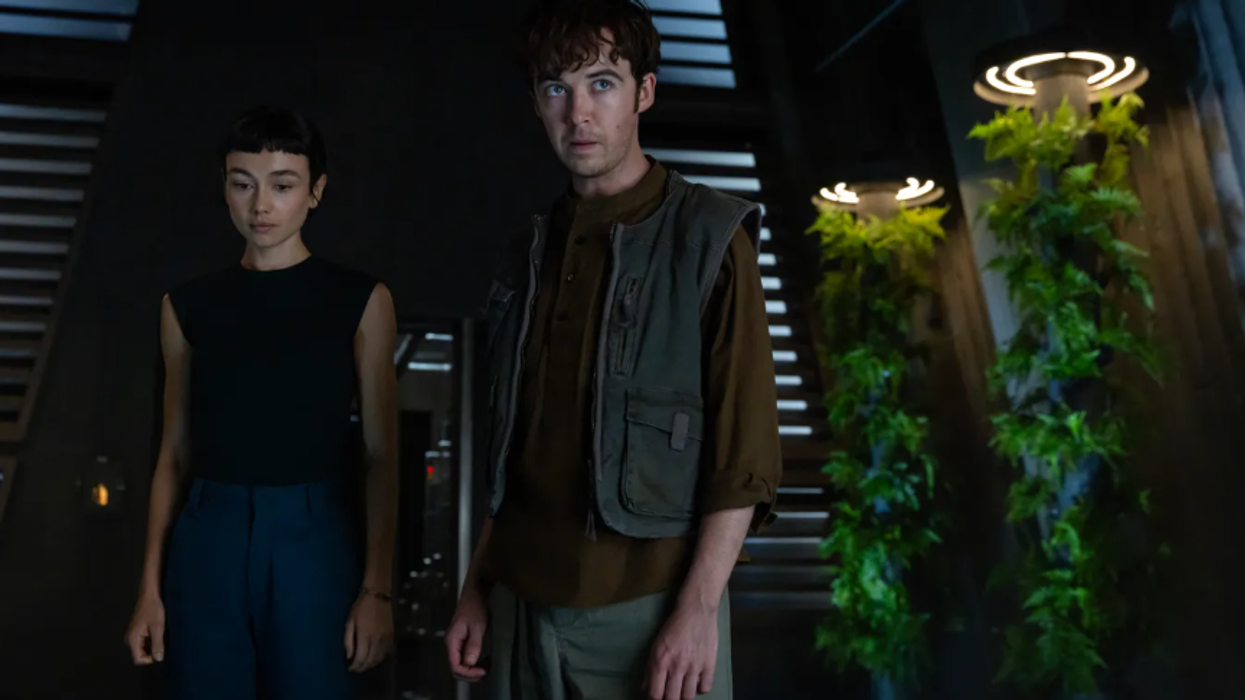
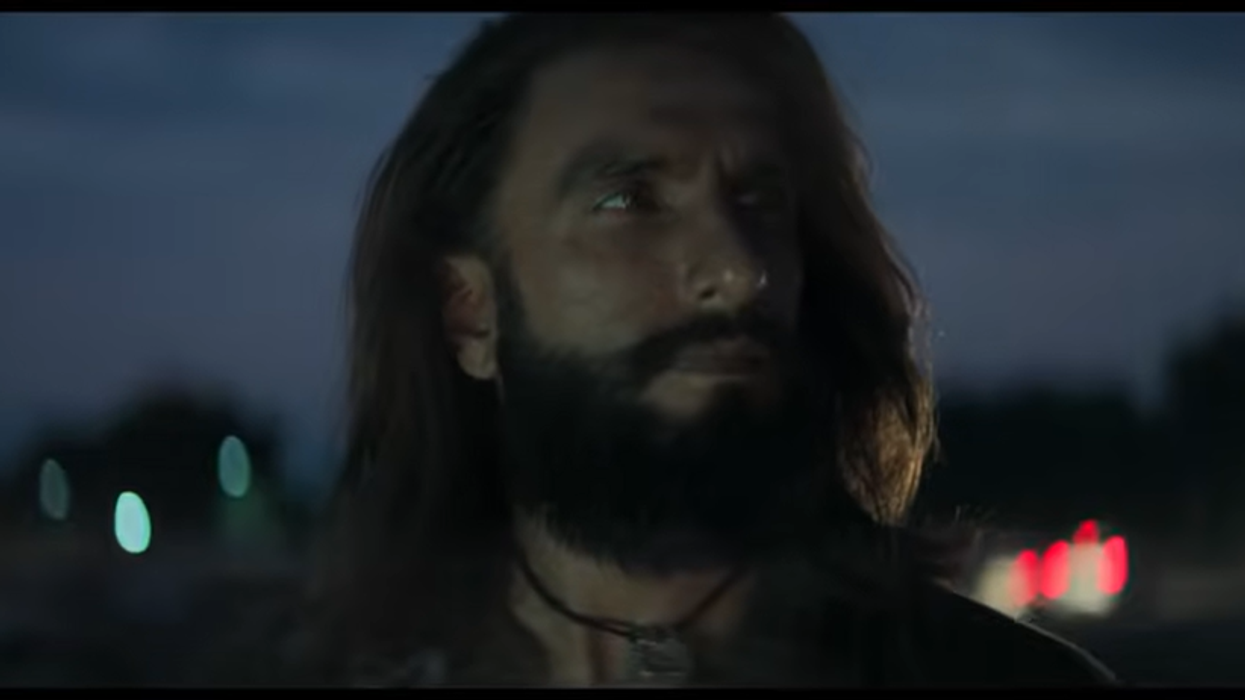

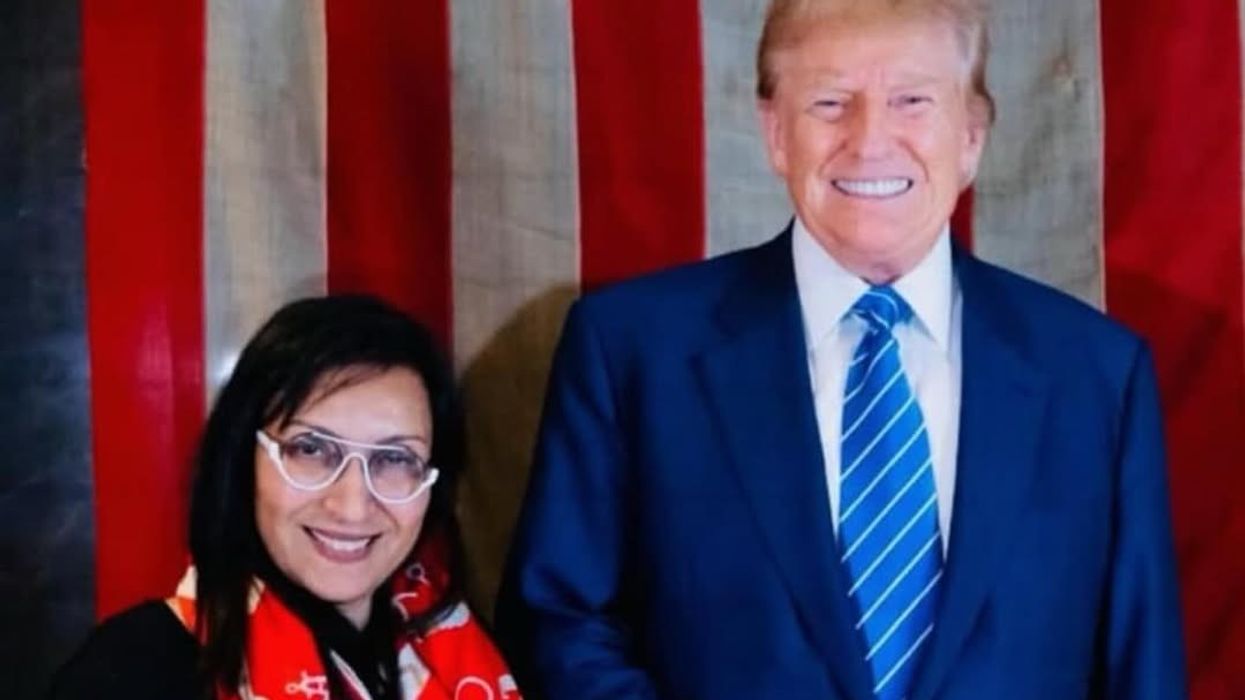
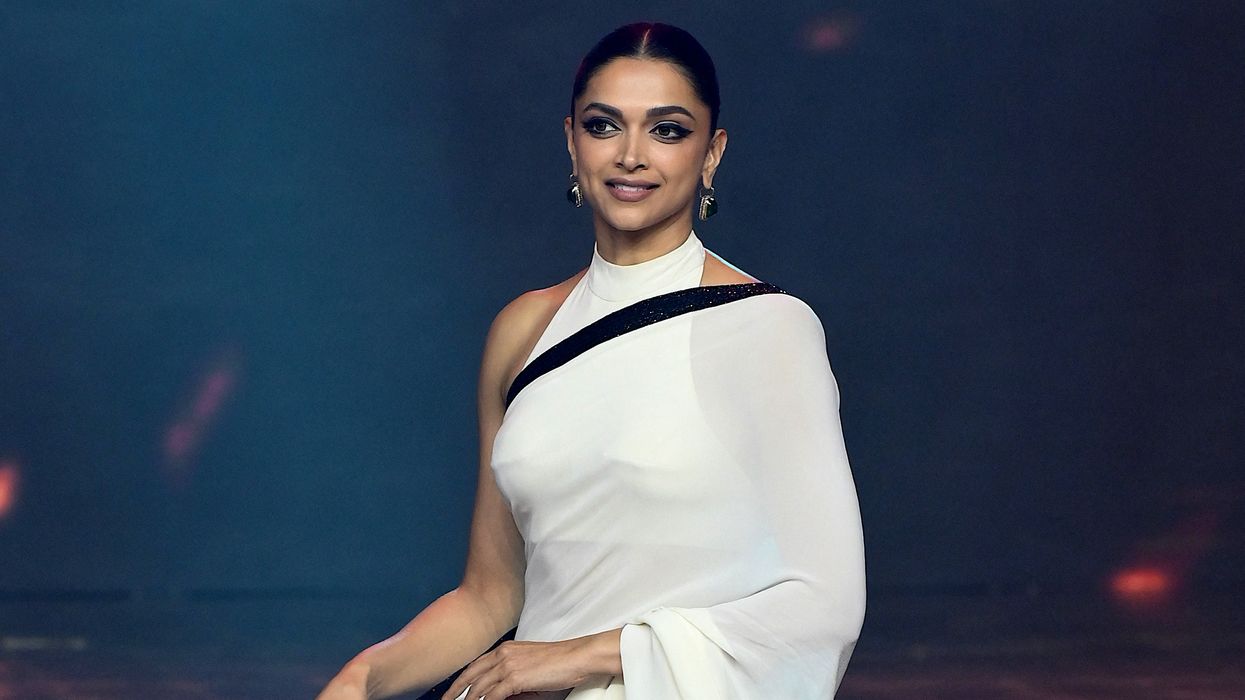
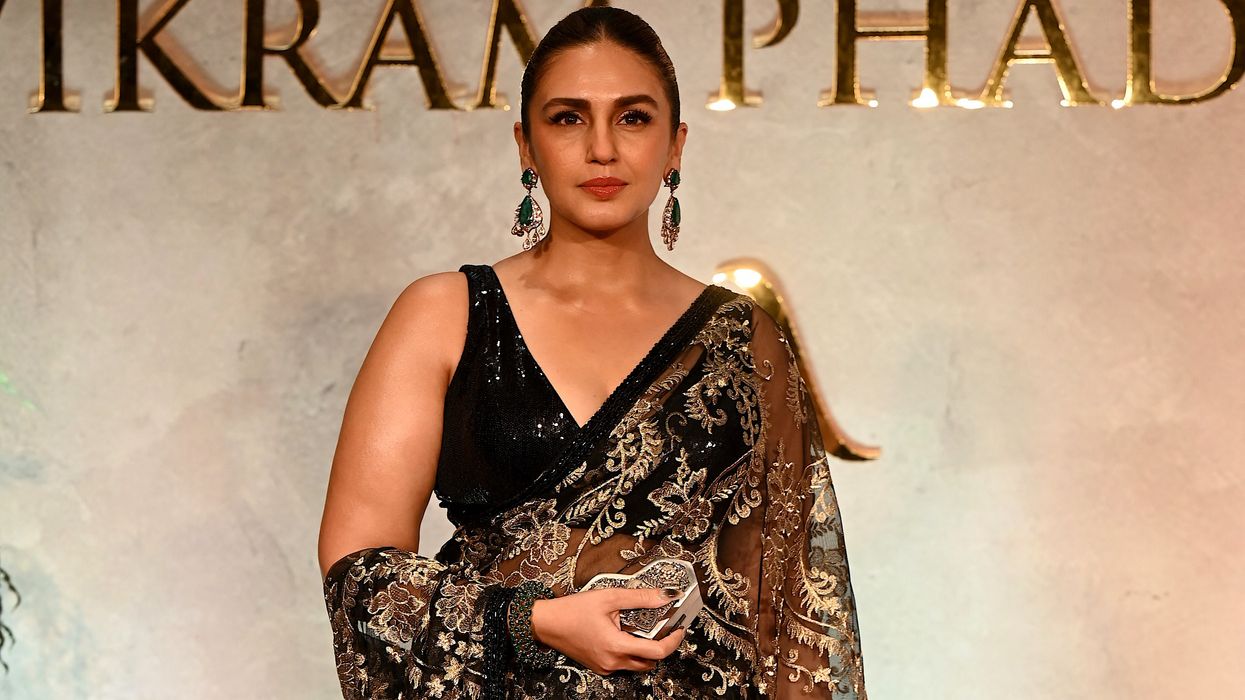

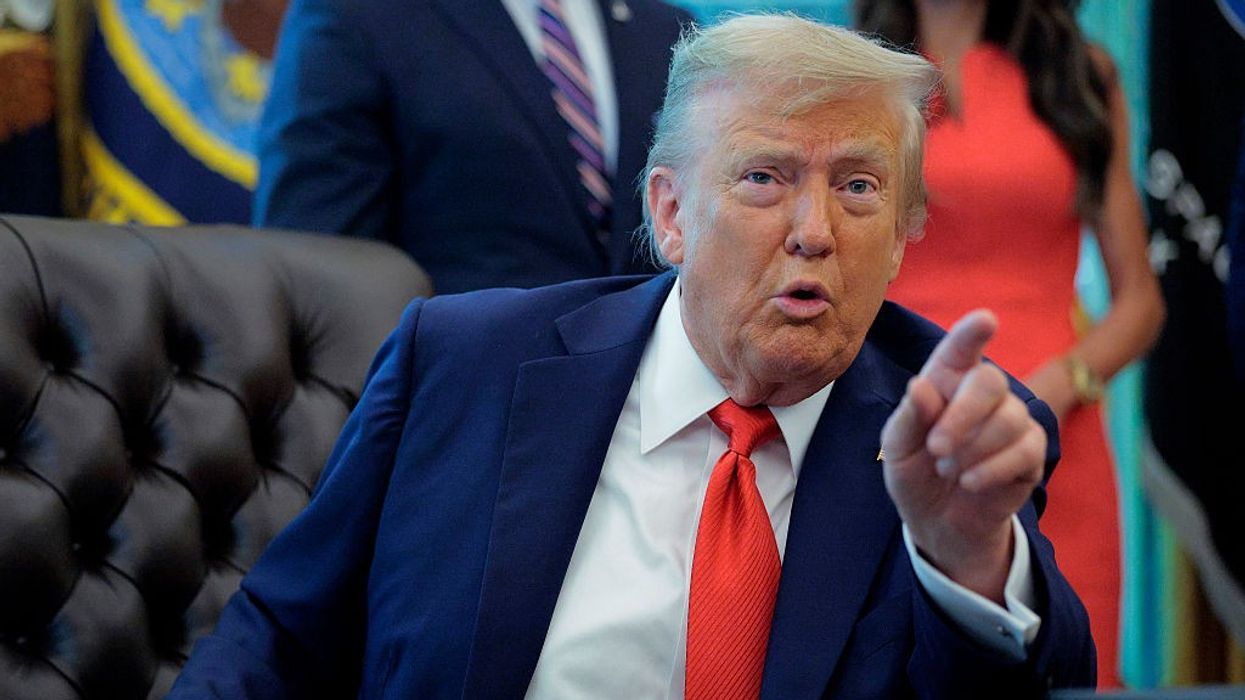
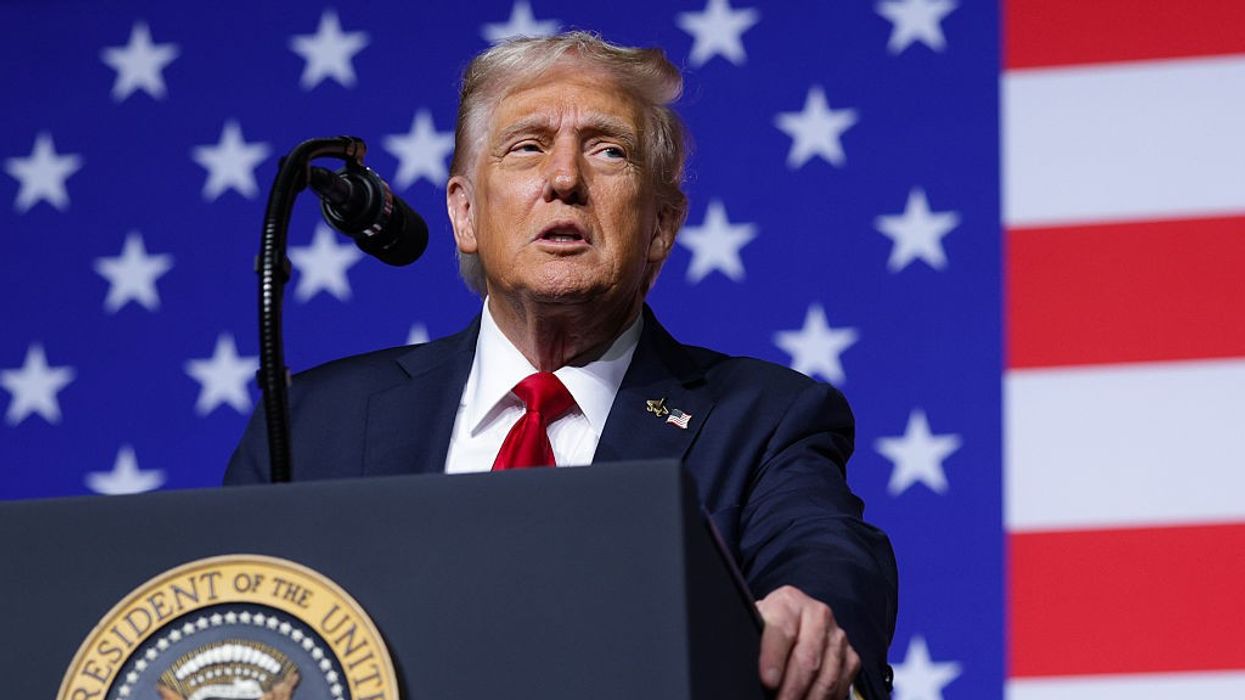

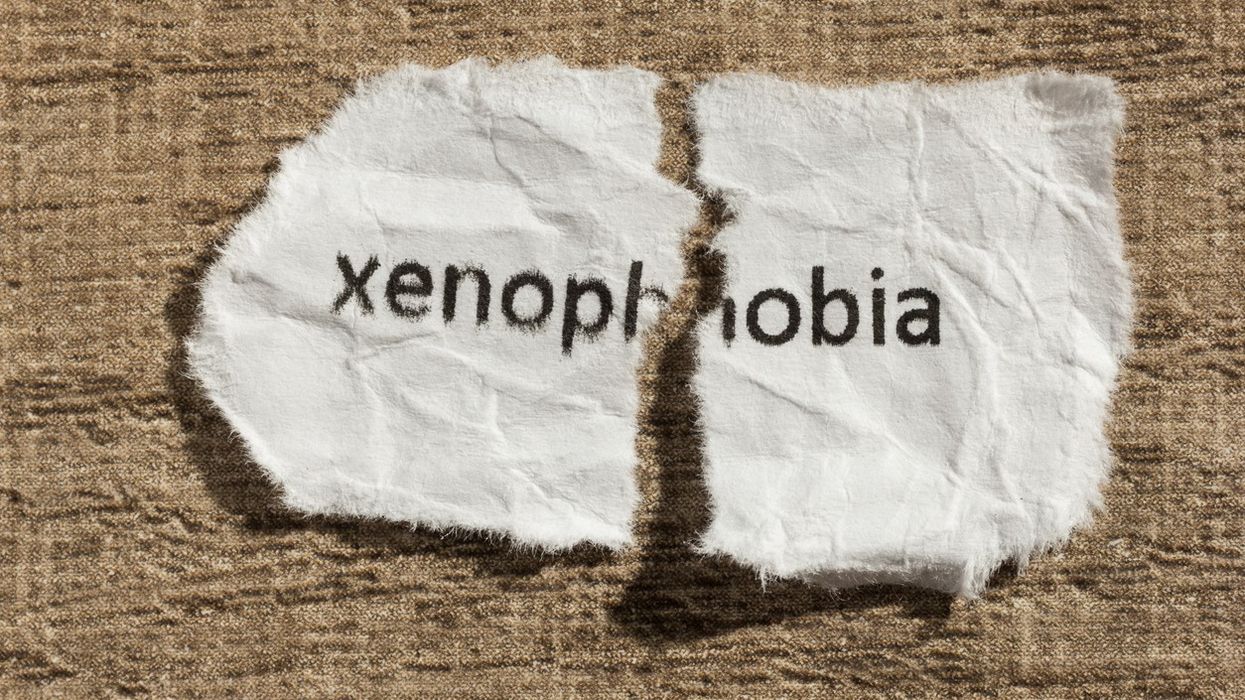

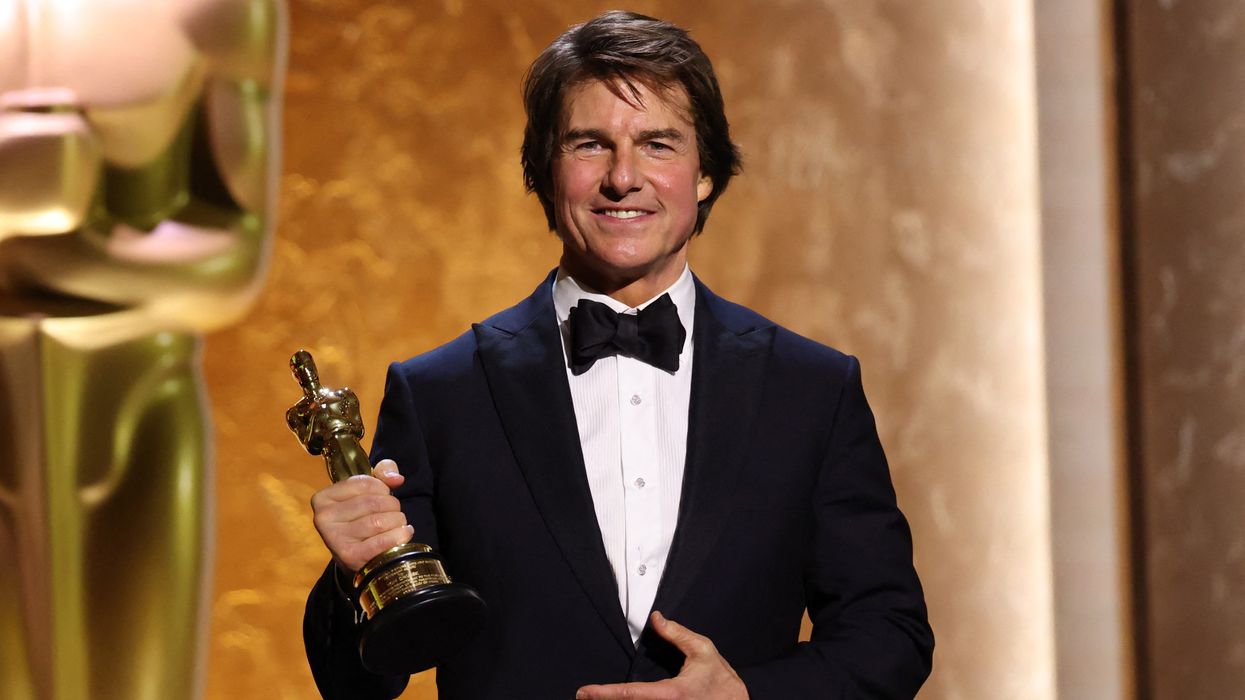
 He says the movie theatre remains a place where audiences “laugh together” and “feel together"Getty Images
He says the movie theatre remains a place where audiences “laugh together” and “feel together"Getty Images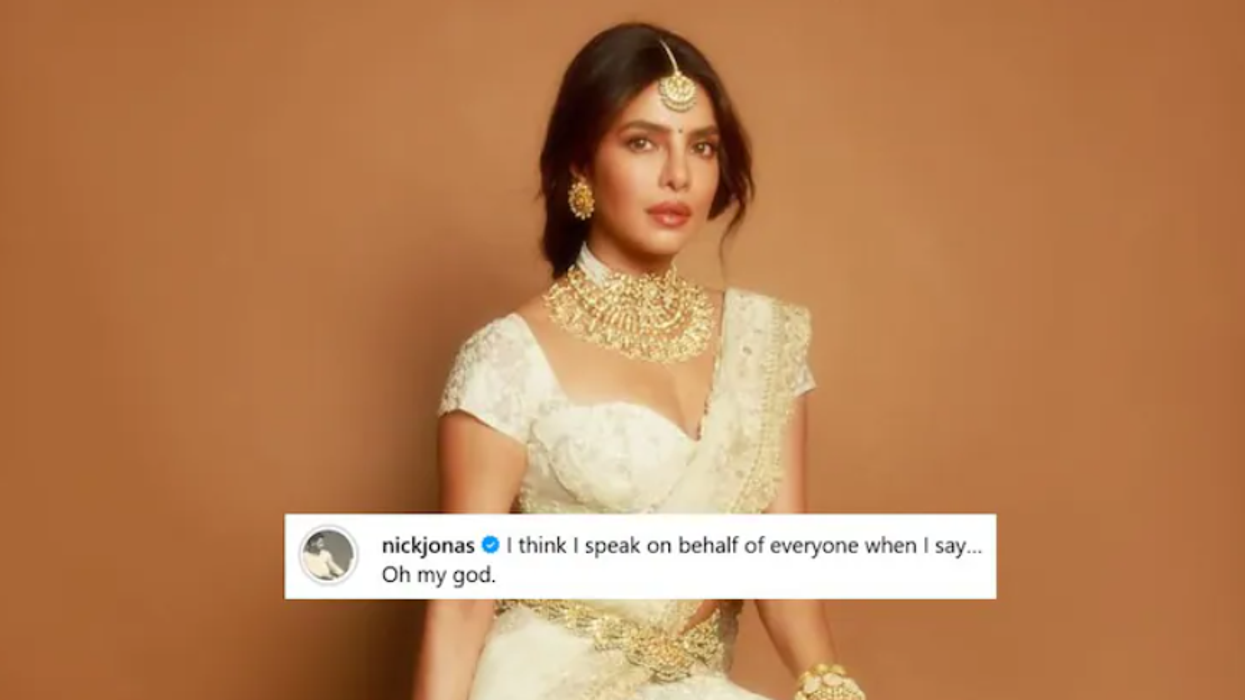
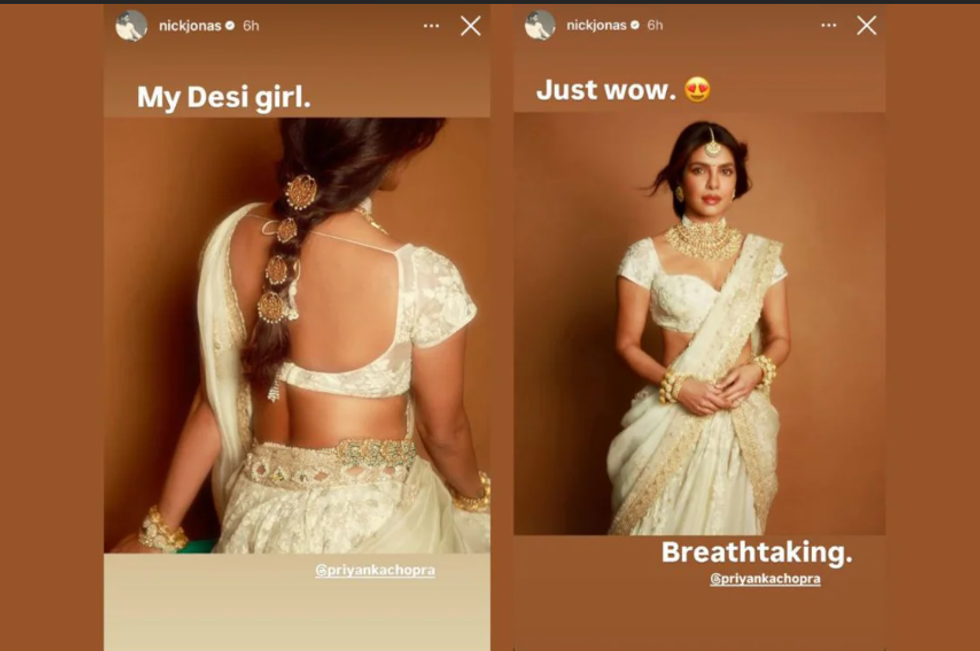 Nick later shares one of Priyanka’s photos on his Instagram storiesInstagram/ nickjonas
Nick later shares one of Priyanka’s photos on his Instagram storiesInstagram/ nickjonas
